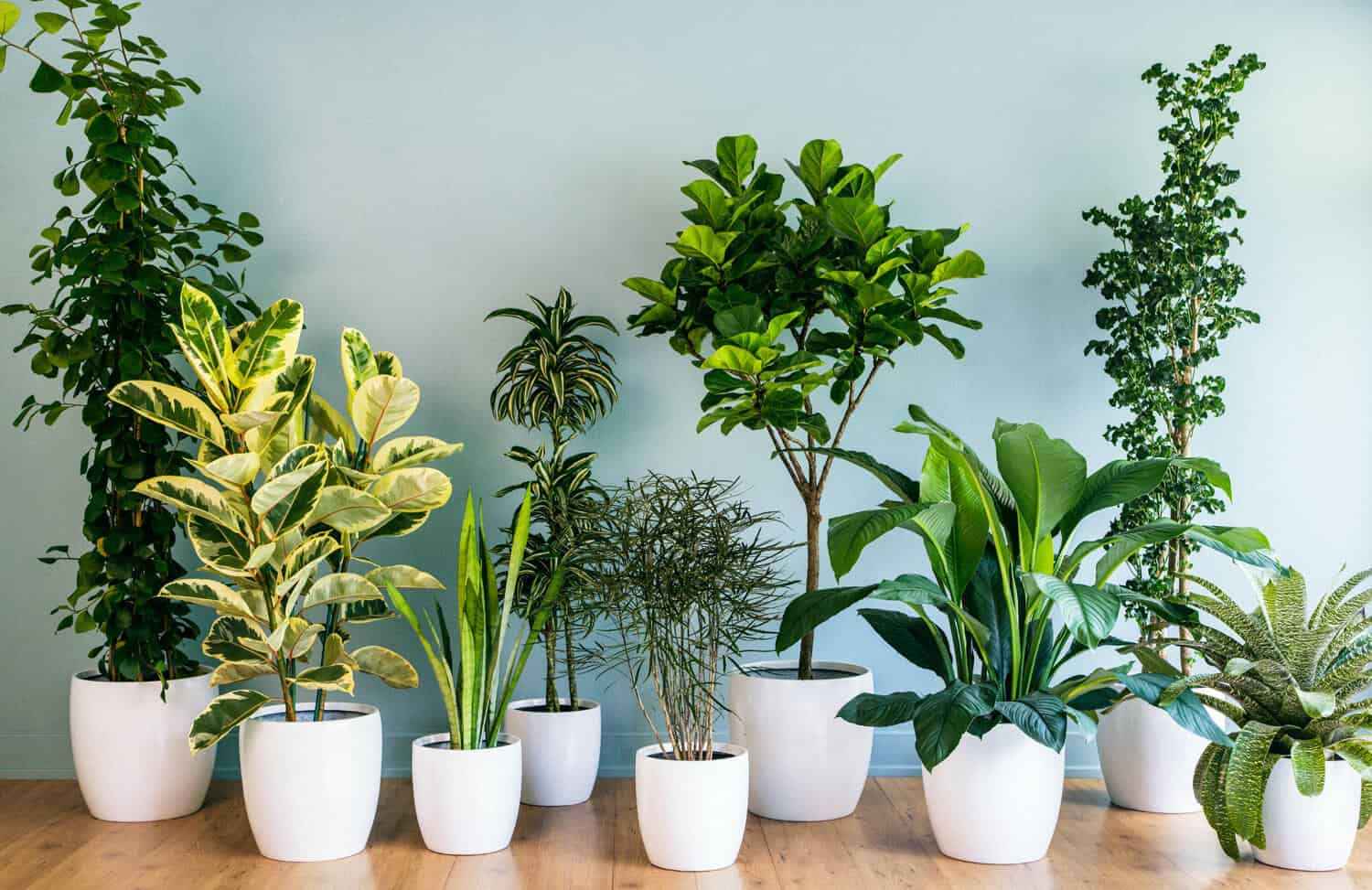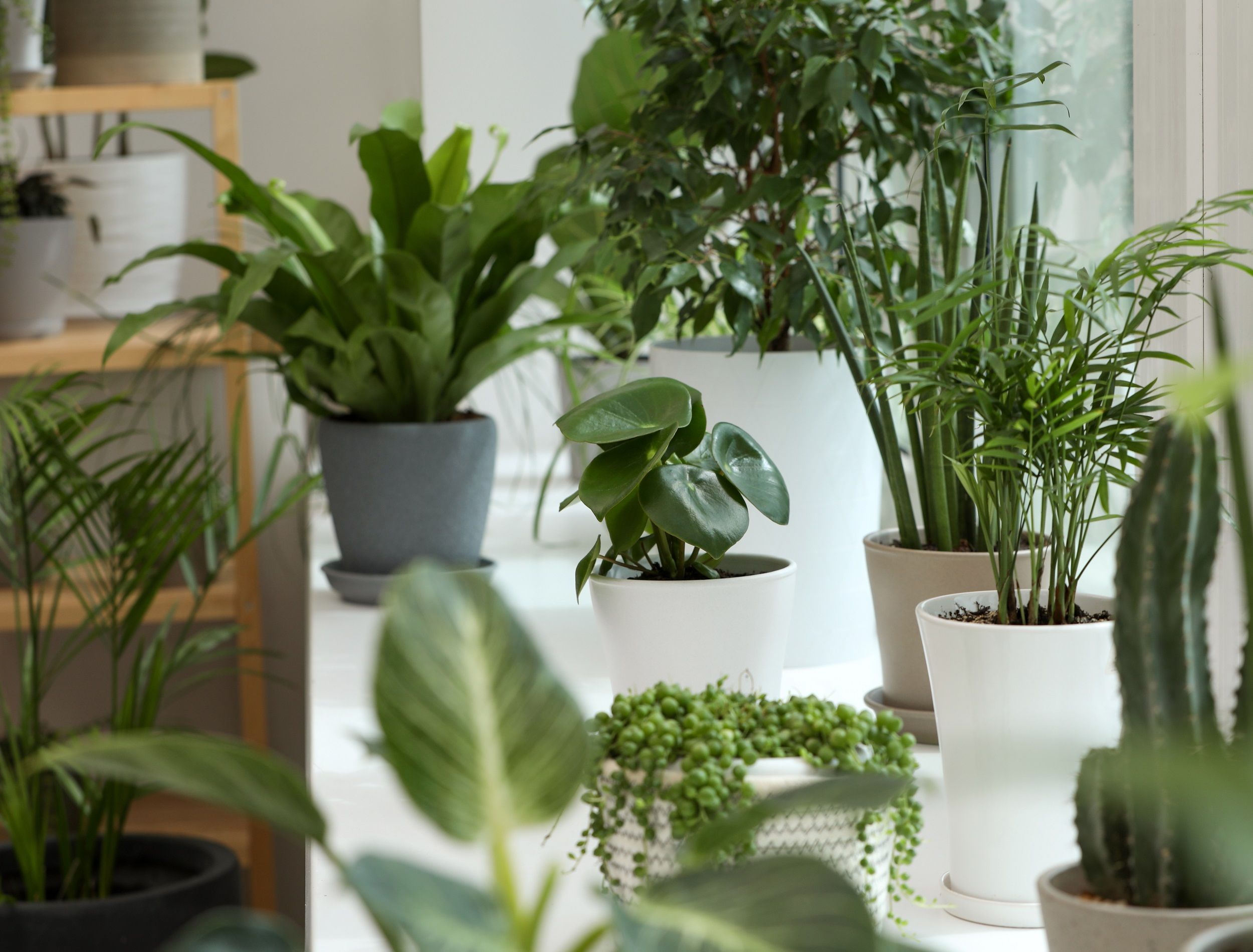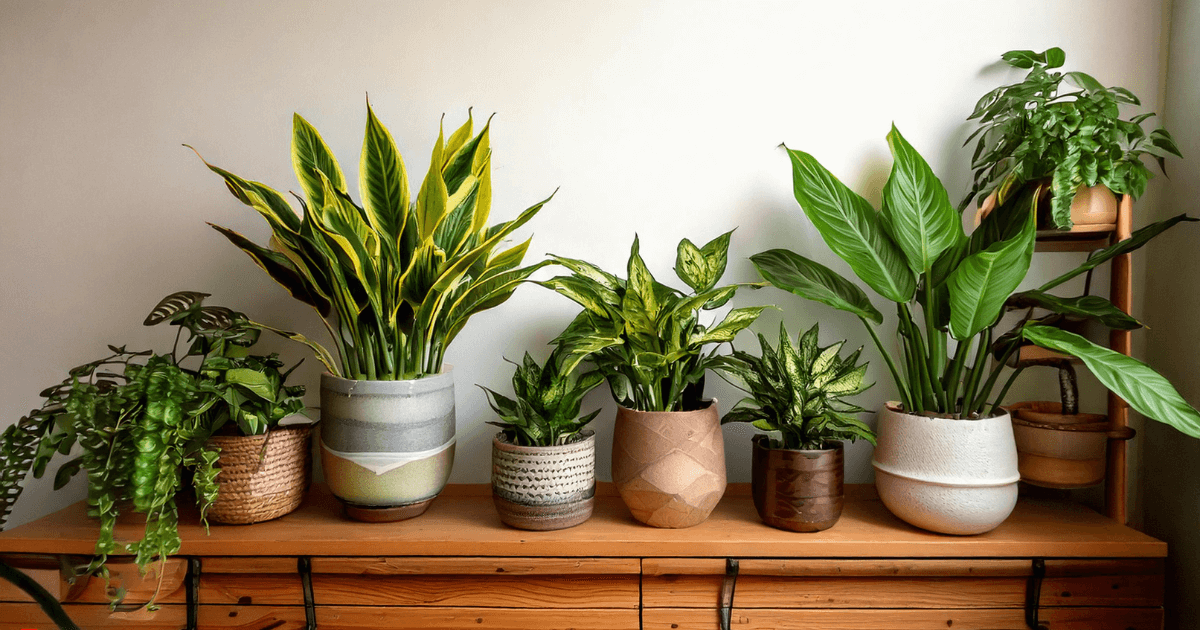Check Out the One-of-a-kind Advantages of Low-Light Indoor Plants for Your Living Space
Including low-light indoor plants into your space supplies a multitude of benefits that prolong far past plain aesthetic appeals. These durable plants not just prosper in environments with limited sunlight but also serve vital features such as air filtration and moisture improvement. Moreover, they can favorably affect your state of mind and total health while calling for marginal upkeep. As you think about the transformative capacity of these plants, it comes to be essential to explore exactly how their one-of-a-kind characteristics can tailor your environment to better serve your lifestyle. What specific benefits might resonate most with your personal space?
Air Purification Advantages
Low-light interior plants not only improve the aesthetic allure of living spaces yet likewise play a considerable duty in air filtration. Study has actually shown that certain plant varieties can properly get rid of typical indoor toxins, including trichloroethylene, formaldehyde, and benzene. These compounds usually originate from house items such as furniture, cleansing products, and building products, adding to indoor air high quality concerns.
Plants such as the snake plant, pothos, and peace lily are specifically adept at filtering unsafe substances from the air while prospering in low-light problems. The process of phytoremediation, wherein plants take in and metabolize contaminants, makes it possible for these species to contribute substantially to a much healthier indoor environment. Furthermore, with photosynthesis, plants launch oxygen, better enhancing air quality.
Integrating low-light interior plants right into home or workplace spaces not only provides aesthetic benefits but likewise functions as a functional method for boosting air top quality. By picking the right species, individuals can develop an environment that advertises health and lowers direct exposure to harmful pollutants, making these plants a necessary element in modern interior living.

State Of Mind Improvement Results
Many research studies have shown that including interior plants can substantially improve mood and total mental wellness. The presence of plant in interior environments has actually been connected to decreased tension degrees, boosted feelings of calmness, and boosted emotional health. Low-light interior plants, specifically, flourish in settings where all-natural light is limited, making them perfect for numerous living spaces.
Study suggests that interacting with plants can boost the release of serotonin, a natural chemical connected with sensations of happiness and health. Furthermore, the act of caring for plants promotes a sense of obligation and accomplishment, additional adding to positive psychological health end results. Additionally, low-light plants such as serpent plants, pothos, and peace lilies have actually been revealed to enhance air quality, which is intrinsically linked to mood improvement.
Integrating these plants right into your office or home can produce a calm atmosphere, using a sensory and visual escape from the stress of day-to-day life - Best low-light indoor plants. As individuals spend boosting quantities of time inside, the mood-enhancing effects of low-light indoor plants end up being a lot more vital, giving not only aesthetic appeal however likewise an extensive influence on psychological well-being
Low Maintenance Requirements
For those seeking to improve their indoor areas without a considerable time dedication, low-light interior plants are an optimal selection as a result of their reduced upkeep needs. These resistant plants grow in less-than-ideal lights problems, making them excellent for workplaces and homes where all-natural sunshine is restricted.

Pest resistance is an additional advantage of low-light indoor plants. Many selections are much less prone to common pests, decreasing the requirement for constant see page surveillance and treatment. Moreover, these plants generally expand a lot more slowly than their high-light equivalents, indicating less frequent repotting and pruning are essential.
Visual Appeal and Flexibility

In addition, these plants can be set up in myriad ways, whether in teams for a rich impact or as standalone attributes to attract the eye. The options of planter designs-- from streamlined ceramic pots to rustic wooden containers-- even more boost their aesthetic worth, permitting homeowners to reveal their individual style.
Moreover, low-light plants can be strategically positioned in areas that might or else really feel neglected, such as edges or poorly lit racks, thus maximizing their ornamental possibility. Inevitably, the combination of their striking look and adaptability makes low-light interior plants an important enhancement to any type of home, developing an inviting ambience that advertises health and relaxation.
Enhanced Humidity Degrees
Enhancing indoor moisture levels is among the substantial benefits of integrating low-light interior plants into living spaces. These plants normally launch wetness vapor via a process called transpiration, which occurs when water taken in by the roots relocates through the plant and evaporates from the fallen leaves. This process not only enhances moisture but likewise adds to a much healthier interior environment.
Better moisture levels can reduce different wellness concerns, such as completely dry skin, breathing issues, and allergic reactions. Several individuals experience discomfort in dry interior conditions, specifically throughout cold weather when furnace remain in usage. By strategically putting low-light plants throughout your home, you can produce a more balanced humidity level that cultivates total health.
Moreover, specific low-light interior plants, like peace lilies and spider plants, are specifically efficient at raising humidity (Best low-light indoor plants). Therefore, low-light indoor plants offer both useful and visual objectives, promoting a healthier environment.
Verdict
In recap, low-light interior plants provide many advantages that add to a healthier and a lot more welcoming living room. Their capability to cleanse the air, improve mood, and improve moisture levels highlights their value as effective style elements. Their low maintenance demands and aesthetic go to this web-site convenience make them ideal for different settings. Including these resistant plants into indoor settings not just elevates the ambiance but also promotes overall wellness, developing a serene sanctuary for citizens.
Plants such as the serpent plant, pothos, and peace lily are particularly proficient at filtering system harmful substances from the air while prospering in low-light conditions. Low-light plants such as serpent plants, pothos, and peace lilies have actually been revealed to enhance air quality, which is inherently linked to state of mind enhancement.
Low-light indoor plants, such as snake plants, pothos, and ZZ plants, not just enhance the aesthetic landscape of a room but also introduce different structures blog here and tones of eco-friendly that can match diverse interior styles. These plants normally launch wetness vapor through a procedure recognized as transpiration, which takes place when water taken in by the origins moves with the plant and vaporizes from the fallen leaves.Additionally, particular low-light interior plants, like tranquility lilies and crawler plants, are particularly reliable at enhancing moisture.